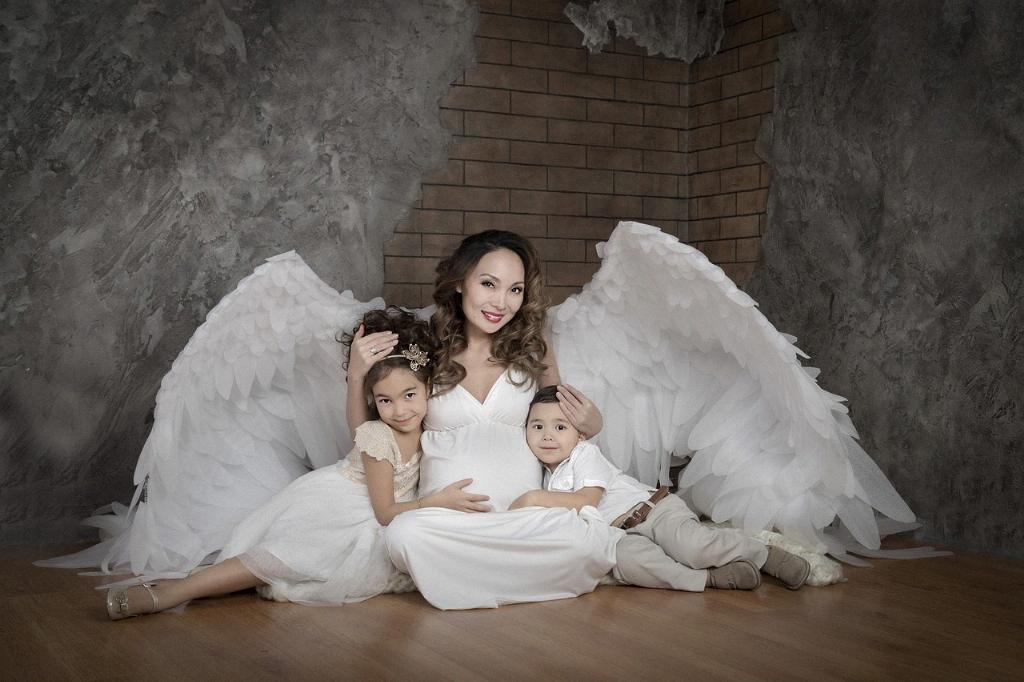During the third month of pregnancy, known as the first trimester, a remarkable transformation occurs as the fetus transitions from an embryo to a recognizable tiny human being. At this stage, around the 9 to 12-week mark, here’s what you can expect regarding what a baby does at 3 months in the womb.
Formation of Key Facial Features
By the time the fetus reaches 3 months in the womb, crucial facial features begin to take shape. The eyes, ears, and nose become more defined, and the foundations for the baby’s future appearance are laid during this period of rapid growth.
Development of Limbs and Movement
One of the most significant changes at this stage is the growth and development of the fetus’s limbs. At 3 months in the womb, the arms and legs elongate and show signs of movement. While the mother may not feel the tiny kicks yet, the baby is beginning to practice its coordination skills.
Organ Maturation and Functionality
Internally, the baby’s organs are maturing and starting to function. The heart beats rapidly and is now fully formed, circulating blood throughout the body. The liver and kidneys are beginning to work, preparing for their vital roles post-birth.
Formation of Bones and Muscles
Another crucial aspect of development at 3 months in the womb is the hardening of bones and the growth of muscles. The skeleton transforms from soft cartilage to bone, and the muscles begin to strengthen, setting the stage for future movements.
Identifiable Sex and Gender Development
By the end of the third month, the fetus has developed its reproductive organs, and its assigned sex is determined. However, although the sex is now clear, it may not be visible via ultrasound until further along in the pregnancy.
Sensory Development and Perception
As the nervous system continues to mature, sensory development also progresses. The baby’s ability to perceive light and sound improves, and it may even respond to external stimuli, indicating the early stages of sensory awareness.
Formation of Hair, Nails, and Skin
At 3 months in the womb, the fetus’s skin transforms from a translucent appearance to becoming more opaque and pigmented. Hair follicles start to form, and tiny nails begin to appear on the baby’s fingers and toes.
Growth of the Brain and Cognitive Development
The brain experiences significant growth during the third month of pregnancy. Neurons multiply rapidly, forming essential connections that lay the groundwork for future cognitive functions such as memory, learning, and decision-making.
Beginning of Breathing Movements
One fascinating aspect of fetal development at 3 months is the initiation of breathing movements. While the baby doesn’t breathe air but amniotic fluid, it practices respiratory movements essential for lung development and preparation for life outside the womb.
Overall Size and Weight Gain
By the end of the third month, the baby has experienced significant growth in size and weight. While still small, the fetus has grown considerably from the initial embryo stage, resembling more closely a miniature human with defined features and proportions.
Connection with the Mother
Throughout this crucial period of development, the baby shares an intimate connection with the mother. The umbilical cord serves as a lifeline, providing essential nutrients and oxygen for the baby’s growth and ensuring its well-being until birth.
Anticipation of Future Milestones
At 3 months in the womb, the baby marks a significant milestone in its journey towards birth. With each passing day, the fetus continues to evolve and prepare for the momentous transition from the safety of the womb to the outside world, where countless adventures and experiences await.

